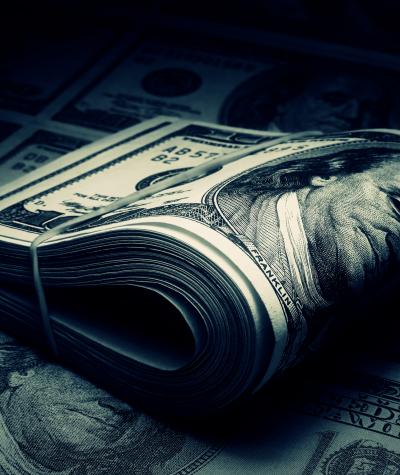Campaign Legal Center and Its Allies Pressured the FCC to Take Action
"Right to Rise," "Generation Forward" and "American Future Fund" – all bringing you ads this election cycle. Who are they? Americans deserve to know and TV stations are supposed to tell us.
The Federal Communications Commission (FCC) stated decades ago, “listeners are entitled to know by whom they are being persuaded,” which is why the FCC in 2012 issued a decision requiring television broadcasters to post their political files, including details on their political advertising buys, to an online public database. By making such files available for public inspection, individuals and watchdog groups like Campaign Legal Center can find out the true identity of the source of funds for each political advertisement – vital information for those trying to understand which individuals and dark money groups are seeking to influence.
But in 2012, the commission failed to extend transparency requirements to a broader range of media outlets beyond TV broadcasters. Fortunately, after continued pressure from CLC, along with allies Common Cause and the Sunlight Foundation, as of last Friday, cable, satellite and radio providers will join broadcast television in being required to upload their public files to the FCC database.
Here’s an example of why having this information is so important: In the run-up to the Virginia gubernatorial elections in 2015, Independence USA PAC ran hard-hitting ads hammering Republican candidate Ken Cuccinelli on his stance on gun control. An investigation by CLC revealed that the sole funder of the ad’s source, Independence USA PAC, was in fact Michael Bloomberg, yet his name never appeared in any of the advertisements. Would knowing that an out-of-state New York City Mayor was the true source of funding for the ads have impacted how viewers responded to its message? We think so and long-standing laws and policies have also drawn that conclusion.
Requiring broadcasters to make information about advertising sponsors public has been part of federal law since the Radio Act of 1927. As the FCC explains:
“The commission first adopted rules requiring broadcast stations to keep a public file more than 40 years ago and certain political programming files have been public for nearly 75 years… The commission adopted the public inspection file requirement to make information to which the public already has a right more readily available, so that the public will be encouraged to play a more active part in dialogue with broadcast licensees."
Included in the new rules is a switch-over to an improved online public inspection database, which the FCC says includes a number of technical improvements to better broadcasters’ ability to upload political files in a timely manner and to allow for the increase in files expected by the inclusion of cable, satellite and radio providers.
Kathy Kiely, writing on the expansion to reporting, argues that it “expands the field of vision for reporters and citizen monitors who are trying to track the efforts of dark-money groups to influence the elections.” She also outlines how individuals can search through the newly improved FCC database and the importance for citizens to use the tool and “develop some investigative chops” particularly in an “era when newsrooms have been hollowed out.”
CLC continues to urge the FCC to consider implementing further improvements to their online database to better standardize uploads and make them more easily searchable, and therefore accessible, to the average viewer. But it is worth marking these changes as another victory for the American people and for transparency.
Rachel Moran is a Consortium on Media Policy Studies Fellow at The Campaign Legal Center. Rachel is a PhD student at the USC Annenberg School for Communication and Journalism studying Political Communications.
